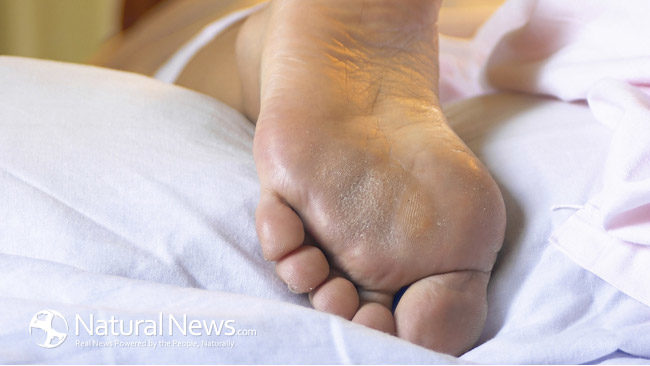Overly stretched, tiny tears can lead to inflammation and pain in the arch of the foot. This condition, called plantar fasciitis, accounts for nearly 1 million doctor visits per year. Our foot has a thick band of tissue called fascia that runs from our heel to our toe. This troublesome foot issue is actually more common in women than men. We need to spend time on our feet moving, so this foot problem is not conducive to our health.
Contributing Factors
Plantar fasciitis is more common as we age (specifically between ages 40 and 60) but is also more likely to occur if one is overweight or on constantly on their feet. It is very common in runners. Activities that are known for high rates of plantar fasciitis include ballet, dance, long distance running, and ballistic jumping. There are a few other contributing factors which include wearing shoes that are worn out and have thin soles or wearing high-heels. The mechanics of how you walk (your stride) involves your foot position. If you have flat feet or a tight Achilles, the body will compensate for these dysfunctions which can lead to injury of the fascia.
Pain
Pain starts to occur near the heel towards the bottom of the foot. Most people feel the pain in the morning right when they get out of bed. This is known as “first-step pain”. This can also occur if you have been sitting for a long period of time and then stand up. The plantar fascia acts like the absorbing shock spring in our foot. Repetitive stretching and tearing of this area results in the stabbing pain.
Treatment
The good news is that plantar fasciitis does normally go away on its own. Wearing the right shoes often times does the trick so be sure to try that first. Shoe inserts can be effective. Ice and soaking the heel can help. A good home remedy is freezing a foam cup of water then rubbing the top of the cup on the heel for 10 or so minutes. Applying ice on a regular basis will also help reduce inflammation which also goes hand and hand with resting the area. Stretching the calves and Achilles tendon can alleviate pain over time. There are also ways to tape the area of the foot to position the heel correctly with each step. Night splints can be worn to hold the foot at a 90 degree angle to stretch the fascia. Avoiding high impact exercises and activities is highly recommended to not aggravate the tender areas. A common trick athletes use is stepping on a lacrosse or baseball and working out the fascia to release the tightness. The body is a kinetic chain which produces movement, so focus on the surrounding muscles including the calves and chins. Cross training can also help reduce overuse of the muscles and joints affecting plantar fasciitis. Switching to swimming and biking from time to time can help.
We do use and abuse our feet and they bear quite a bit of weight for all the functions we perform. We have to walk to get from point A to point B and get those 10,000 steps in. Practice self-care from head to toe to heel. Sometimes compromising a pair of cute shoes even at the gym is worth the fashion sacrifice.








